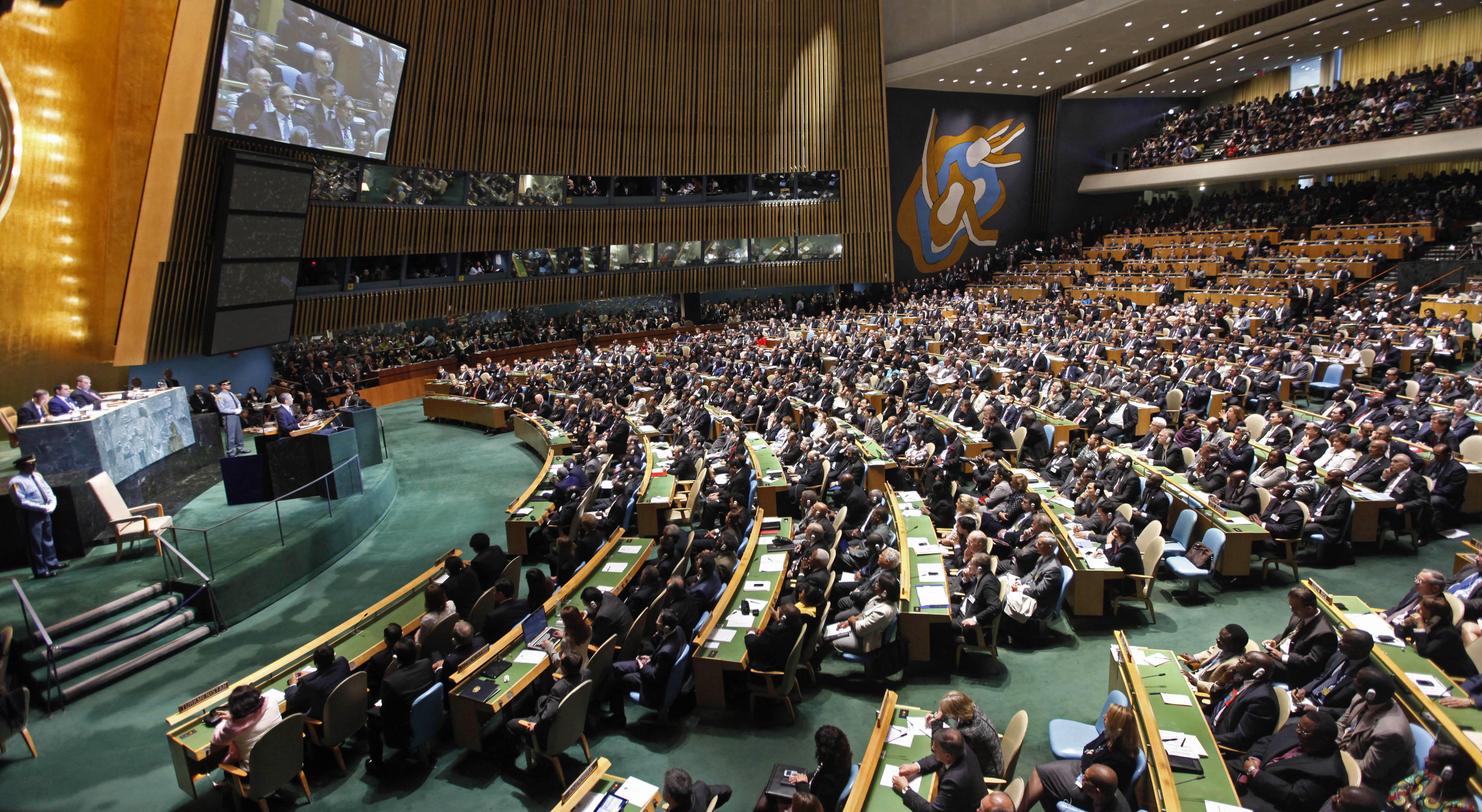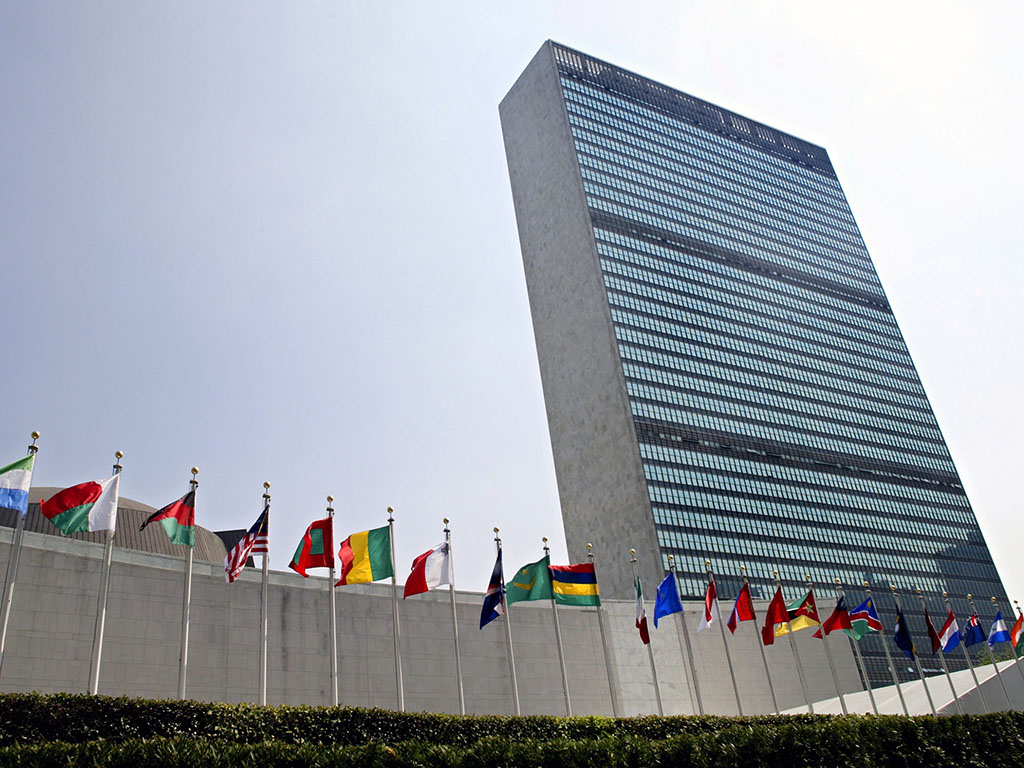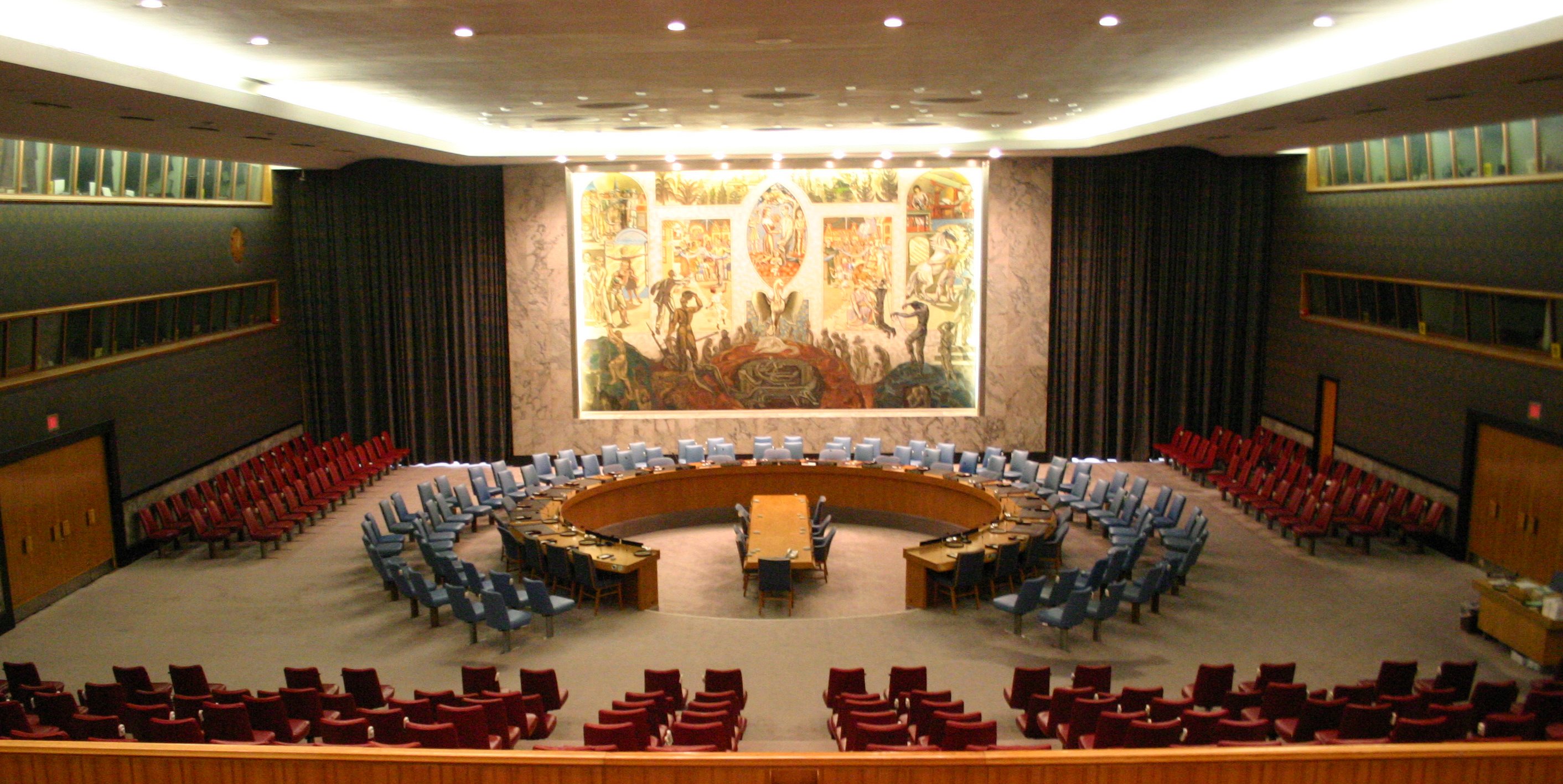This paper reviews the role of climate change vulnerability in identifying least developed countries (LDCs). Taking a sustainable development perspective, it argues that climate change should be seen as an aggravating factor of existing handicaps and many indicators used to identify LDCs already capture relevant structural vulnerabilities to climate change. However, the paper proposes some refinements in the LDC criteria to better capture vulnerabilities from natural disasters and in coastal areas. These refinements affected the vulnerability ranking in the recent triennial review, but had no impact the eligibility of countries for inclusion in and graduation from the LDC category.
CDP Background Paper series

CDP Background Paper No. 14
By the Secretariat of the Committee for Development Policy
This report makes some preliminary suggestions for actions to be taken by the international development community and the graduating countries t

This paper reviews conflict as one of potential factors that could be incorporated in the identification of least developed countries (LDCs). It is not clear whether conflict can be considered as a structurally predetermined handicap as those identified in LDC criteria. More importantly, even if countries may be caught in a conflict trap, adding conflict indicators to the LDC criteria does not provide additional insights to enhance our understanding of the category. And adding conflict indicators is unlikely to introduce changes in country classification. Many of the factors associated with conflict are already incorporated in the indicators used to identify LDCs, and, therefore, the inclusion of an explicit conflict indicator - to capture the risk of falling into conflict given conflict in the past - in the LDC criteria would not affect the composition list of LDCs.

Structural economic vulnerability is a major obstacle for the development of LDCs. The paper discusses the conceptual, methodological and empirical issues related to the economic vulnerability index (EVI) developed and used by the Committee for Development Policy (CDP) in the identification of LDCs. It also addresses the relation between physical and economic vulnerability to climate change as well as the role of the EVI in allocating official development aid and as tool for development research.

Increasing international migratory flows in the last four decades is one of the most visible manifestations of the globalization process. In spite of its potential positive effect on global efficiency and well-being, little progress has been made in designing and promoting a normative and institutional framework to allow a better global governance of international migration. The current crisis has added new concerns in relation to migrant situation particularly in the countries more affected by the recession. It is likely that migratory pressures continue beyond the crisis, as international asymmetries that promote international migration have not been overcome.

The present paper reviews the existing support by the United Nations system to the small island developing States (SIDS). While acknowledging great diversity among SIDS, the paper notes that these countries on average have maintained good levels of socio-economic indicators despite their fundamental development challenges. It also highlights a number of problems in adequately assessing United Nations support for SIDS and makes suggestions for their solution.

The present paper reviews policy efforts to advance growth and development in the least developed countries, in particular those efforts aimed at promoting well-being by reducing vulnerability to economic shocks. The paper draws on empirical research analysing the relationships between economic vulnerability, growth and policy. Given that domestic policy efforts are weakened by the shocks that characterize vulnerability, the international community has an important role to play in countries.

The aim of the report is to review the role of economic welfare in conflict prevention, including the strategies required to ensure sustainable peace in post-conflict countries. It differs in one important respect from most of the rapidly growing literature in this field. Instead of describing specific conflicts or policies to prevent them, it integrates some of the key economic, social and political factors into a general analysis, with an all-embracing strategy for post-conflict countries. The integrated approach is essential because a unified strategy offers the only hope of preventing future conflicts and civil wars.

The first part of the report reviews the status and trends in achieving the Millennium Development Goals (MDGs) in sub-Saharan Africa. The second part examines the obstacles and challenges to and opportunities for achieving the Goals. The third part discusses the instruments and policies that would facilitate achieving the MDGs in sub-Saharan Africa. The report is intended to provide an African perspective with regard to ownership and the domestic policy adjustments required to achieve the internationally agreed development goals. The purpose of the report is to elucidate the following two key issues related to the central question of ownership: (i) the extent to which African policy-makers consider the MDGs valuable and are committed to the MDGs; and (ii) the extent to which the MDGs are reflected in the development programmes of African countries, particularly in Poverty Reduction Strategy Papers (PRSPs).
 Welcome to the United Nations
Welcome to the United Nations